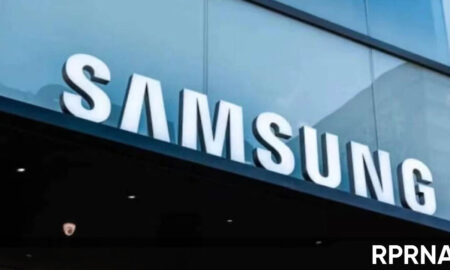Search results for "device"
-

 435News
435NewsGboard renames ‘Assistant Voice Typing’ to ‘Advanced Features’ on Pixel devices
Top 3 Key Points: Gboard Renaming: “Assistant voice typing” is now called “Advanced features” in Gboard settings. Consistent Functionality: The rebranding does...
-

 368News
368NewsGoogle stops making Chromecast devices
Key Points: Google ends Chromecast production. Software updates will continue for newer devices. New Google TV Streamer replaces Chromecast. Google has decided...
-

 402News
402NewsGoogle Assistant upgraded for Nest devices with new Gemini features
Key Points: Improved Assistant: Google Assistant will get smarter with Gemini updates, making it more useful on Nest devices. Better Interactions: New...
-

 317News
317NewsFast pair simplifies connecting bluetooth keyboards to Chromebooks and Android devices
Top 3 Key Points: Fast Pair is expanding to include Bluetooth keyboards. Fast Pair simplifies the Bluetooth pairing process. Chromebook and Android...
-

 473News
473NewsEnhanced support at Google Store for Pixel, Smart Home, and Fitbit devices
Key Points: Google Store now offers improved post-purchase support options. The new support section includes detailed categories for Pixel, Smart Home, and...
-

 488News
488NewsSamsung’s strategic shift to Google Messages on Galaxy devices in the US
Top 3 Key Points: Phasing Out: Samsung stops pre-installing Samsung Messages on new Galaxy phones in favor of Google Messages. Enhanced RCS...
-

 589Apps
589AppsGoogle Wallet Quick Settings Tile could make its way to Samsung devices
Key Points Accessing the Wallet app on Samsung phones could become much easier. Google Wallet Quick Settings Tile might be available for...
-

 517News
517NewsSamsung’s Galaxy AI features to be available on 200 million devices by the end of 2024
The previous target of 100 million has now extended to 200 million Galaxy devices. Samsung informed at the Galaxy Unpacked event in...
-

 3.4KUpdates
3.4KUpdatesThese Samsung devices might get Android 15 One UI 7 Update – List
Samsung has successfully completed the rollout of One UI 6.1 software, and is now ready to introduce One UI 6.1.1. On the...
-

 632Updates
632UpdatesAI Draw tipped to be the most impressive One UI 6.1.1 tool for Galaxy devices
Samsung’s One UI 6.1.1 software, is coming soon. It’s going to introduce really cool features alongside the most advanced Galaxy AI capabilities....
